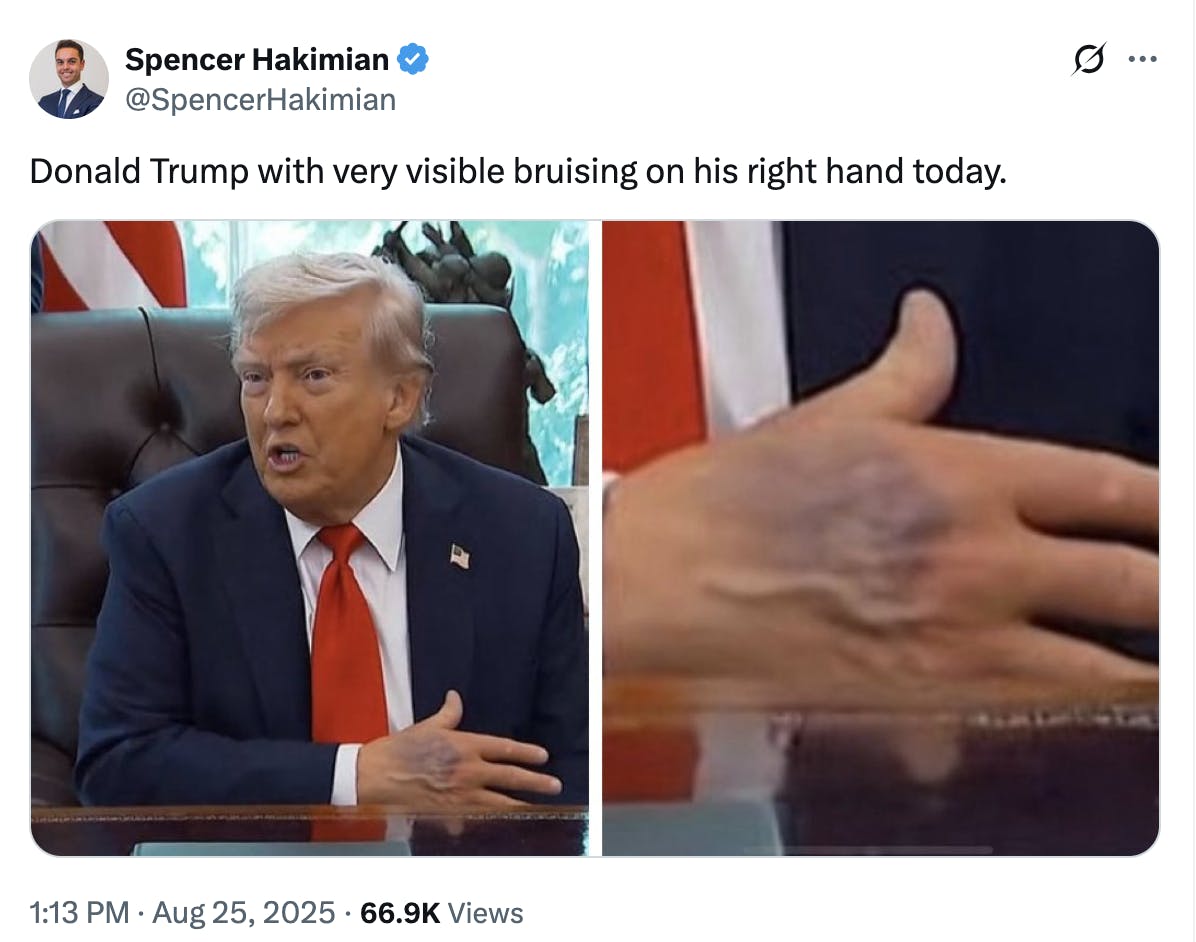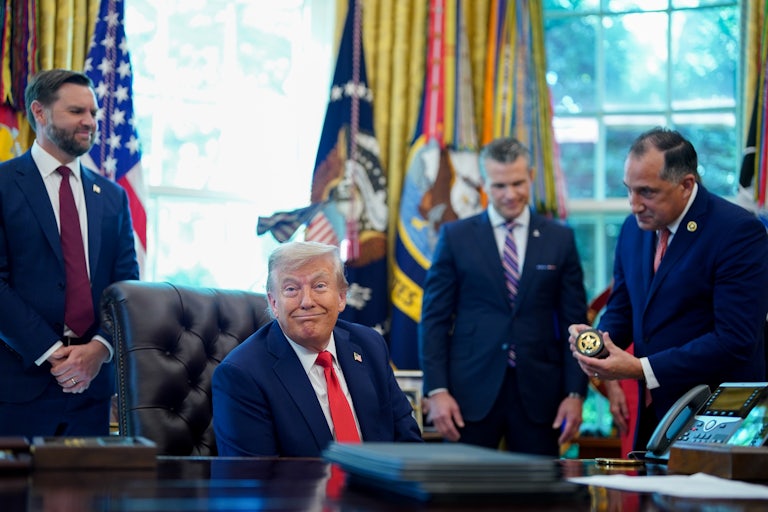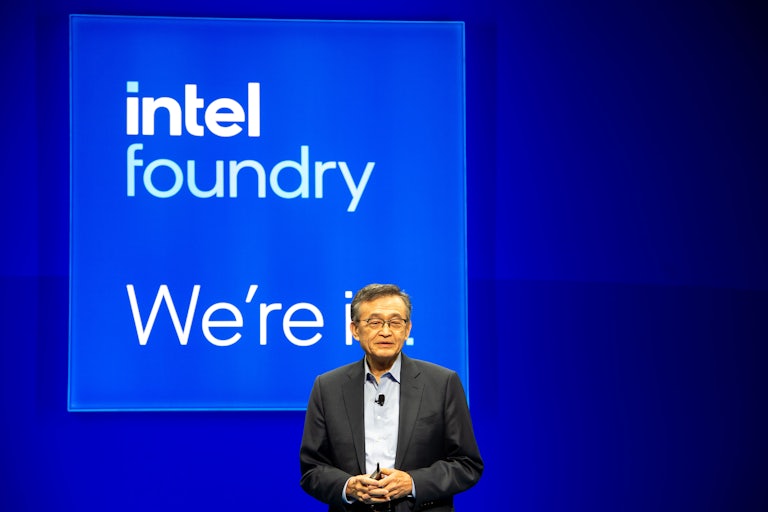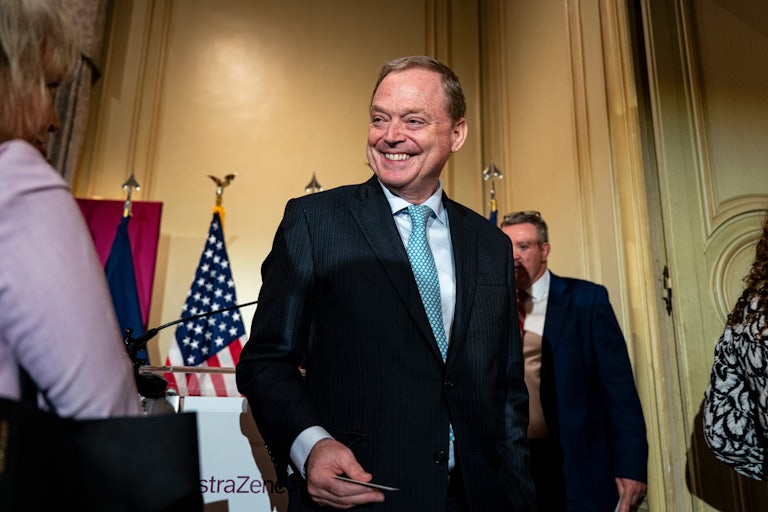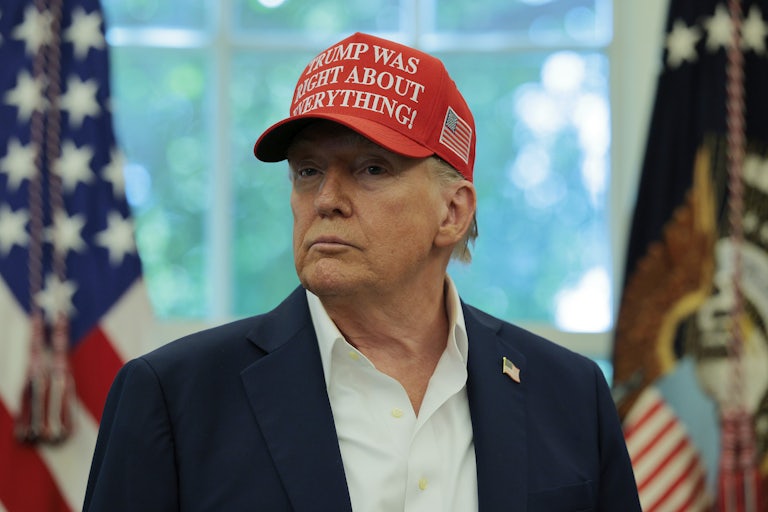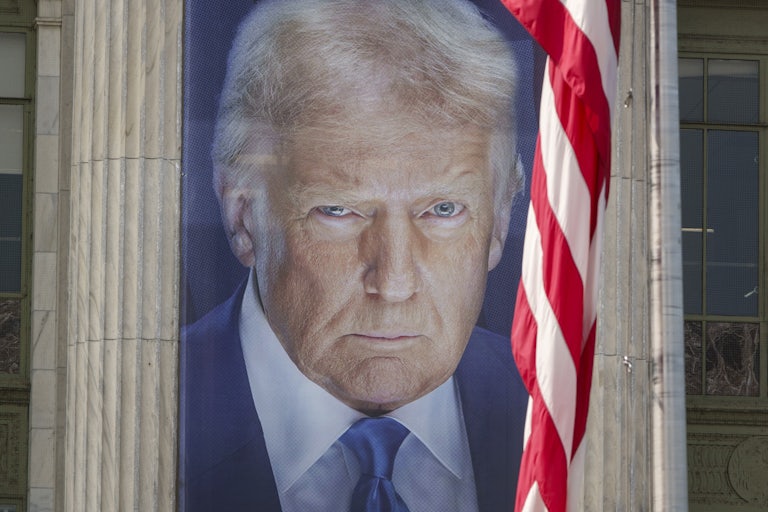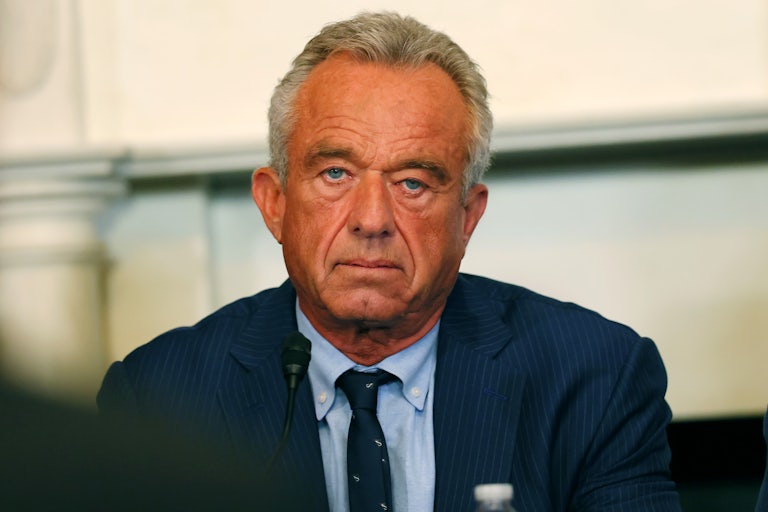James Comer Officially Sends Subpoena to Jeffrey Epstein’s Estate
Unlike Donald Trump, House Republicans aren’t closing the door on the Epstein story just yet.
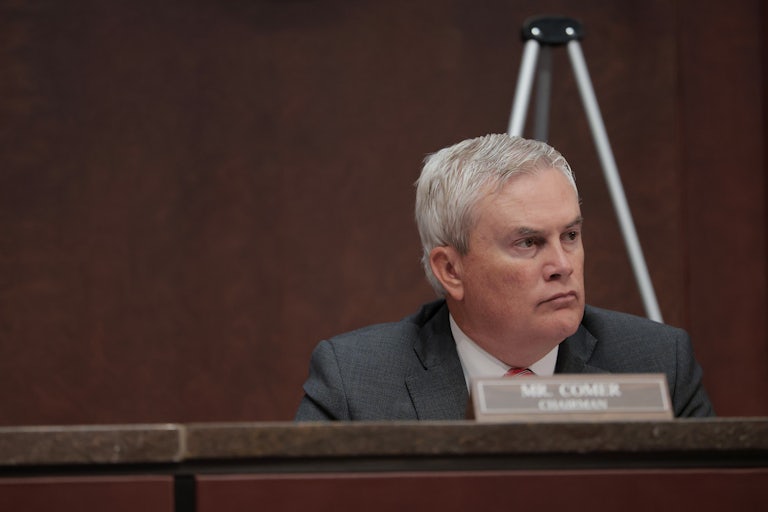
The Republican-led House Oversight Committee on Monday sent a to subpoena the estate of deceased serial sex predator Jeffrey Epstein.
“It is imperative that Congress conduct oversight of the federal government’s enforcement of sex trafficking laws generally and specifically its handling of the investigation and prosecution of Mr. Epstein and [his former partner Ghislaine] Maxwell,” Oversight Committee Chair James Comer wrote in a letter alongside the subpoena. “It is our understanding that the Estate of Jeffrey Epstein is in custody and control of documents that may further the Committee’s investigation and legislative goals.
The subpoena demands things like Epstein’s infamous 50th “birthday book” that includes a letter from Trump, flight logs, bank information, anything that “could be reasonably construed to be a potential list of clients,” and more. Comer’s committee has already spoken to William Barr, who was attorney general when the Justice Department indicted Epstein in 2019, and Alex Acosta, who as federal prosecutor in 2007 refused to press charges against Epstein, giving him the sweetheart plea deal that allowed him to continue his sex trafficking.
This subpoena has the potential to cede new information, an opportunity that hasn’t been raised since Trump’s Justice Department conveniently declared the case closed in July. Trump, who has spent all of his time trying to convince the public that none of this matters despite having a well-documented close friendship with the infamous serial abuser, has yet to comment on the Oversight Committee’s subpoena.

